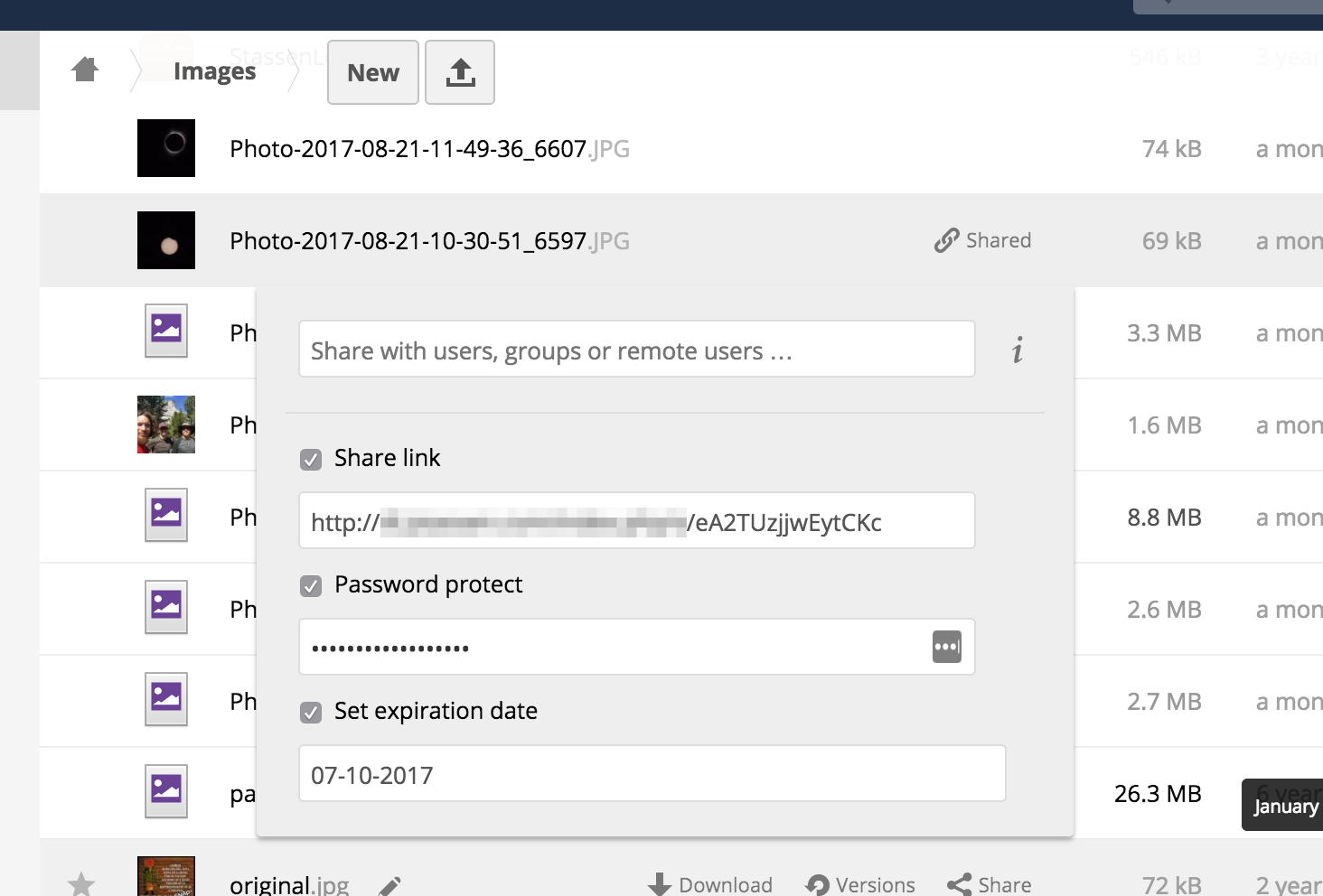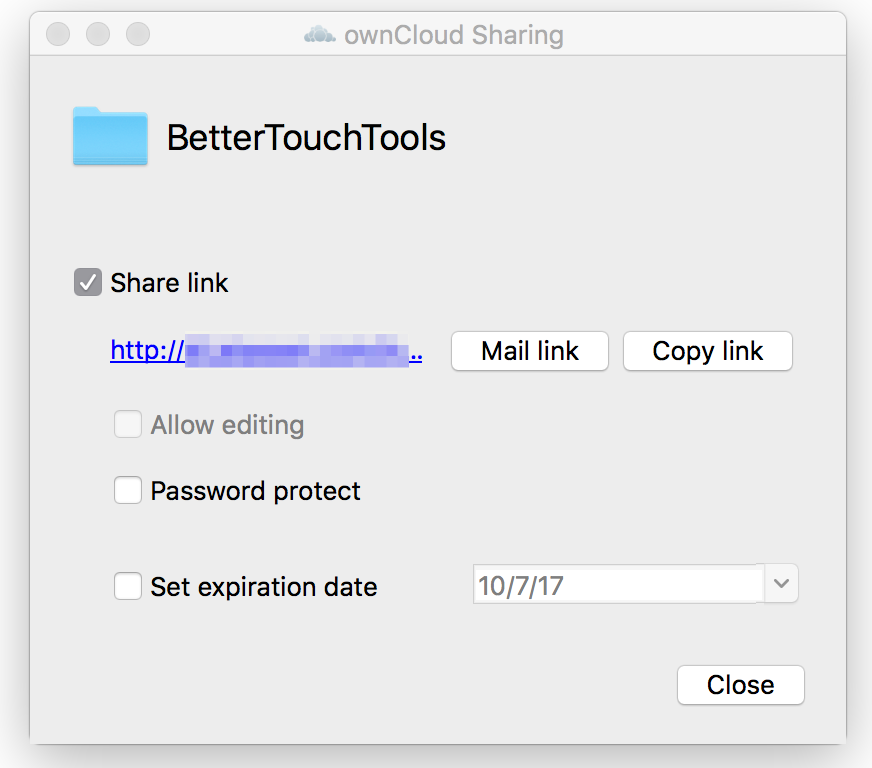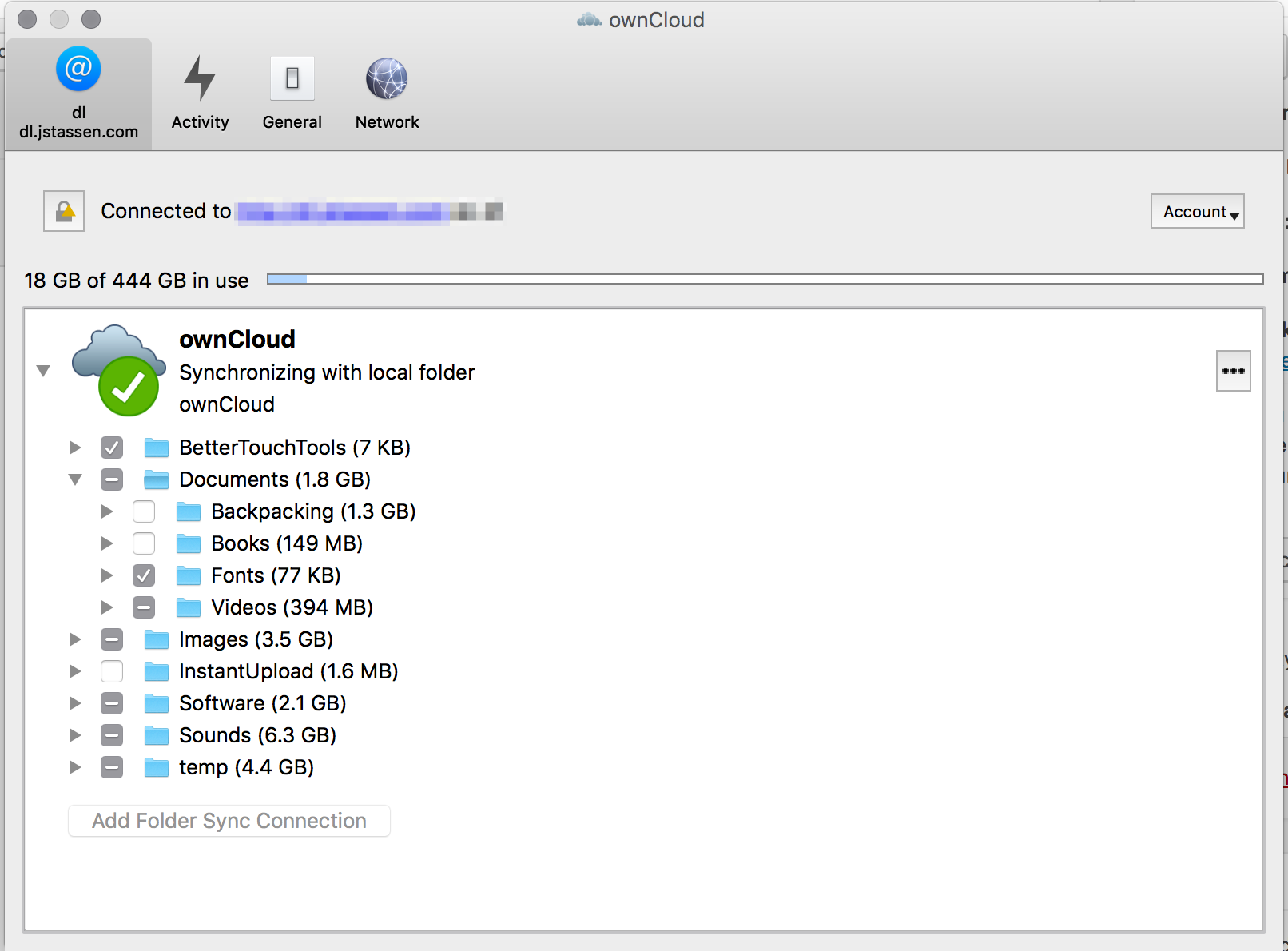Planning quarter roadmap and which projects to tackle is daunting.
It’s a lot to think about: What’s most important, What are quick wins, What work needs to be finished, Which stakeholders are most important.
Time to build matters
It’s easy to overlook the size of projects and how long they will take: Requirements are vague, Designs don’t exist, Dependencies are unknown — Everything is guess work.
Including the Team to Discover Scope
It’s tempting to hold tightly what projects are being dreamed of, holding them close until the start of the next quarter — revealing them at a kick off. Keeping the roadmap a secret is dangerous.
Two things this can cause:
- Surprising the teams that will be building the projects, they have many questions.
- The time and effort wasn’t decided by the team that will be building the projects, it was likely assumed.
Therefore it’s important to pull in the team to help build out the next Quarters roadmap. It should be clear they likely won’t be making decisions of what gets prioritized. Leveraging the teams to understand the systems that are in place, project managers can work with the team to understand guesstimate time range or amount of effort it might take to accomplish the possible projects project.
- Better estimates of projects scopes that can inform prioritization.
- Team is excited for & already understands projects that are in the pipeline
Temptations & Warnings planning quarter roadmap
It can be tempting for a team to dive into the technical implementation of a project. This is ok up to a point, but only to a hypothetical point. The goal is to create a rough range how long it might take.
Time ranges are important. There are always surprises, both good and bad that cause projects to go faster, but typically longer than expected.
When estimating, pick a unit for the time. Let’s say a project may take 2-3 weeks – but is that with 1 person? Or a full 3 person team working on it? It makes a huge difference! When pick units, Stay consistent with those units.
An extended form of hiking in which people carry double the amount of gear they need for half the distance they planned to go in twice the time it should take.
~Author unknown
It’s very tempting to take the low estimate. Don’t use the lower estimate! Projects always tend to run longer for miscellaneous reasons (bugs, scope creep, interruptions, pto, forgotten pieces, testing). It’s much more realistic to pick something in the middle or even the pessimistic estimation. I wrote about a related topic, Why We Estimate Stories which goes further into the cautions of under estimating.
Visualizing the Estimates
I’ve built a spreadsheet layout for looking at projects that have been picked for the roadmap and how they look on a time line.
Again it’s tempting to only look at the Optimistic estimate, and it might be best to delete the Optimistic row if temped by it.
On my teams it’s very important that the entire team focuses and works on only one project at a time (else you really have 2 teams not 1 and projects take longer, gasp!). We also estimated our projects in units of “number of weeks 2 devs working” for each project which makes it super convenient to map out.

Looking at this we can see a lot of great info. For example, we can see something interesting about Project B. It’s 4-7 weeks, the team isn’t very confident in it’s scope & needs. We either need to better define the scope, cut scope, or table it until we better understand it. It puts other smaller projects at risk. Perhaps Project D is high priority to complete in Q4. There are many great conversations we can now have.
Setting Good Commitments & Expectations
There were actually Projects A – J slotted for Q4. That’s 10 projects. Working with the team, even the optimistic projection puts us at the end of Q1, and pragmatically 1/2 into Q2!
If we hadn’t worked with the team to estimate the scope we would have been blind to our commitments we almost made in Q4. While we were excited with hope about all the things we would to accomplish in Q4 we would have been setting ourselves up for failure & disappointment & poor morale. Not only within our team, but also our external stakeholders.
Conclusion
Being pragmatic about commitments planning quarter roadmap is hard but hugely important in setting a team up for success. We are inherently optimistic creatures, we want to promise & hope to accomplish more than is realistically always possible.
Finding tools to help us be honest with ourselves makes us & our teams be honest & better people.
(cover photo credit: Jonathan Stassen / JStassen Photography)







